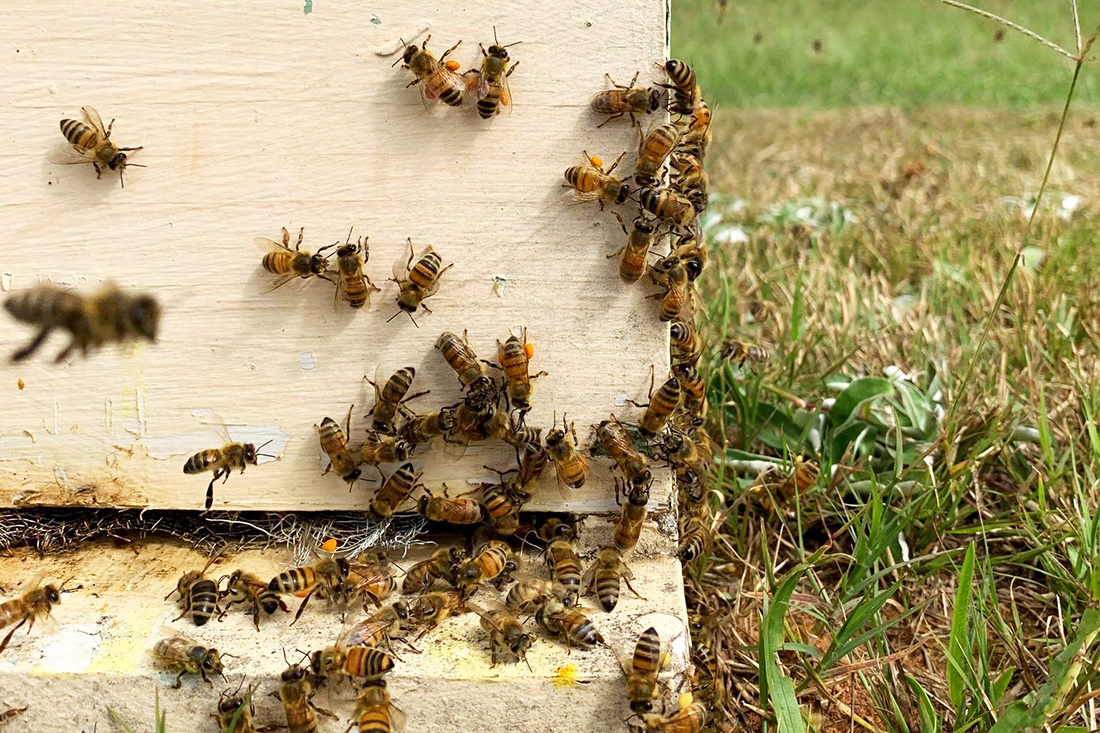University of Georgia
Milk mustaches aren't heavily imported from Georgia. The 270 dairies here barely produce enough milk to supply the state's consumers. The little country that supplies 40 percent of the world's dairy exports, though, is looking to change that.
"New Zealand is a very small country," said Allan Titchmarsh, a dairyman and member of the New Zealand Dairy Systems Management LLC. "We've got about as many dairy cows as people. At this stage, we're running out of land that's suitable for dairy farming."
New Zealand dairies produce 5 percent of the world's milk. NZDSM investors and dairy farmers now run two dairies near Augusta, Ga., said Jean Bertrand, assistant dean for academic affairs in the University of Georgia College of Agricultural and Environmental Sciences. And they've bought a third Georgia farm.
"They plan to add 20,000 to 25,000 cows to the Georgia dairy industry in the next five years, which will be a 20-percent increase," Bertrand said.
To make that work, Titchmarsh said NZDSM dairies and businesses hope to train UGA students who will return to the United States and run New Zealand-style dairies. As a bonus, a management position would come with about a $65,000 starting salary.
Richard Watson, an NZDSM investor and a scientist with AgResearch in New Zealand, signed a partnership agreement with CAES Dean and Director Scott Angle Oct. 24.
The partnership is the first step in establishing three- to six-month internships for CAES students. While in New Zealand, these students would learn how to run an intensive-grazing dairy farm using technology that would allow for a less labor-intensive system.
"Most of our students today don't come from agriculture or dairy production backgrounds," said Lane Ely, a CAES professor of animal and dairy science. "This internship will give them a very good background and expose them to a dairy production system."
In Georgia, 130 dairies have closed since 2000. But milk production has declined by only 1.5 percent to 2 percent per year.
"We're losing a lot of farms, but the ones that stay grow," said Tommie Shepherd, an economist with the UGA Center for Agribusiness and Economic Development.
Shepherd sees the larger dairies' growth to take up some of the slack for the lost farms as evidence that "larger-scale, lower-cost dairies" can work in Georgia. "There's room for that," he said.
Development spurred by population growth around Atlanta is one reason some dairies have put up for-sale signs. But as the cows disappear, the number of people wanting milk is still rising.
"Either more milk has to be produced in the Southeast in the future or it will have to be trucked in from somewhere else," Titchmarsh said. "Straightaway, the market was there."
Georgia's landscape lacks the towering mountains dominating New Zealand's terrain. But "an acre of ground in Georgia can grow as much or more than an acre of ground in New Zealand," Watson said. "We're taking the key principles of dairy cattle and bringing it here."
A key to the New Zealand dairy industry is that cows get most of their food from irrigated grazing land. Many dairies in Georgia are traditional, confinement-based facilities, Bertrand said. Most of their feed is trucked in.
New Zealand dairies, like the ones near Augusta, have barns where two people can milk 48 cows in 10 minutes and 700 cows in three hours.






